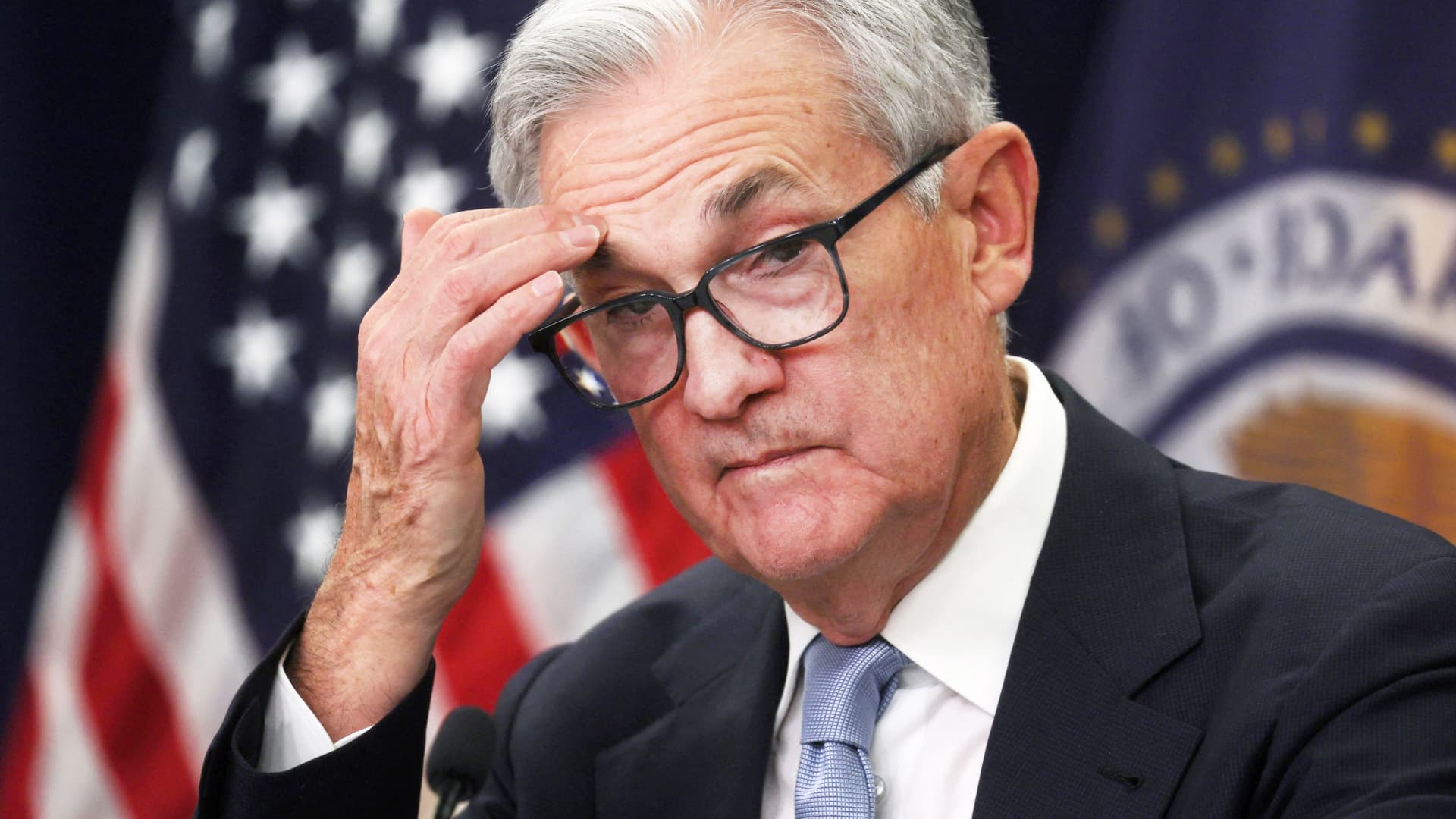Federal Reserve Board Chair Jerome Powell holds a news conference after the Fed raised interest rates by a quarter of a percentage point following a two-day meeting of the Federal Open Market Committee (FOMC) on interest rate policy in Washington, March 22, 2023.
Leah Millis | Reuters
American banks deepened their reliance on a new Federal Reserve lending program created after the collapse of Silicon Valley Bank this month.
Institutions borrowed $53.7 billion from the Bank Term Funding Program as of Wednesday, up sharply from $11.9 billion last week.
Banks are sitting on unrealized losses from bond holdings thanks to the rising interest rate environment. That issue helped lead to the implosion of SVB, which was forced to sell holdings at a nearly $2 billion loss earlier this month. Prices fall as rates rise, which led to the losses.
The new bank funding program was introduced March 12 to alleviate similar strains on banks and other institutions; it extends one-year loans backed by Treasurys or other secure assets, paying full price even if their market value is lower.
Another category of loans made mostly to shuttered banks to meet obligations to depositors and other expenses jumped as well. These borrowings jumped to $179.8 billion from $142.8 billion last week. Regulators seized Silicon Valley Bank and Signature Bank this month after depositors pulled their savings.
Meanwhile, banks’ use of the discount window, which is the traditional way they borrow from the Fed, dropped this week. Borrowing there dropped to $110.2 billion from $152.8 billion last week. The discount window offers market value rather than par value for the securities and provides 90-day loans as compared to the one-year term under the BTFP.


























































